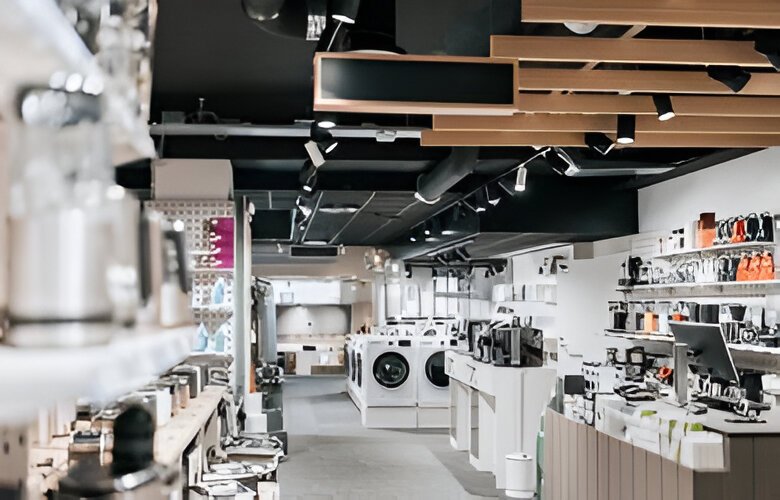In an era where technology has permeated every aspect of our lives, from how we communicate to how we shop, the retail landscape continues to evolve rapidly. Traditional brick-and-mortar stores are facing fierce competition from online retailers, and the need to adapt and innovate has never been more pressing. One emerging trend that holds immense promise for the future of retail is the integration of gamification into automated retail systems.
But what exactly is gamification, and why should retailers embrace it? In simple terms, gamification involves applying game design elements and principles to non-game contexts to engage and motivate users. In the realm of retail, this could mean incorporating elements such as points, levels, challenges, and rewards into the shopping experience. The goal? To make shopping more enjoyable, interactive, and ultimately, more profitable for retailers.
Here are several compelling reasons why retailers should seriously consider integrating gamification into their automated retail systems:
1. Enhancing Customer Engagement
In today’s hyper-competitive retail landscape, capturing and maintaining customer attention is paramount. Gamification offers a powerful tool for achieving this by transforming mundane shopping tasks into enjoyable and immersive experiences. By incorporating elements like interactive product demonstrations, virtual rewards, and personalized challenges, retailers can keep customers engaged and coming back for more.
2. Driving Foot Traffic to Physical Stores
As online shopping continues to gain popularity, brick-and-mortar retailers are under pressure to find innovative ways to attract customers to their physical locations. By gamifying the in-store shopping experience, retailers can create a sense of excitement and novelty that simply can’t be replicated online. Whether it’s through interactive displays, in-store scavenger hunts, or loyalty programs with exclusive rewards, gamification can entice customers to step through the doors and explore what the store has to offer.
3. Building Brand Loyalty
In today’s era of brand saturation, winning customer loyalty is a constant challenge for retailers. Gamification offers a unique opportunity to forge deeper connections with customers by fostering a sense of fun, community, and accomplishment. By rewarding customers for their loyalty, encouraging social sharing, and creating memorable experiences, retailers can turn casual shoppers into brand advocates who are eager to spread the word to friends and family.
4. Data Collection and Personalization
One of the most valuable aspects of gamification in retail is its ability to gather rich data about customer preferences, behavior, and purchasing patterns. By tracking interactions within gamified systems, retailers can gain valuable insights into what motivates their customers and tailor their offerings accordingly. This data can then be used to deliver personalized recommendations, targeted promotions, and tailored shopping experiences that resonate with individual customers on a deeper level.
5. Driving Sales and Revenue
At the end of the day, the ultimate goal of any retail initiative is to drive sales and increase revenue. Gamification has been shown to be highly effective in this regard, with studies indicating that gamified experiences can lead to higher levels of engagement, increased purchase intent, and greater overall satisfaction among customers. By incentivizing desired behaviors such as repeat purchases, upsells, and referrals, retailers can drive meaningful growth and maximize their bottom line.
Conclusion
In conclusion, the integration of gamification into automated retail systems represents a compelling opportunity for retailers to enhance the customer experience, drive foot traffic, build brand loyalty, gather valuable data, and ultimately increase sales and revenue. By leveraging the principles of game design to make shopping more enjoyable, interactive, and rewarding, retailers can differentiate themselves in a crowded marketplace and position themselves for success in the digital age. The time to embrace the gamification revolution in retail is now.
